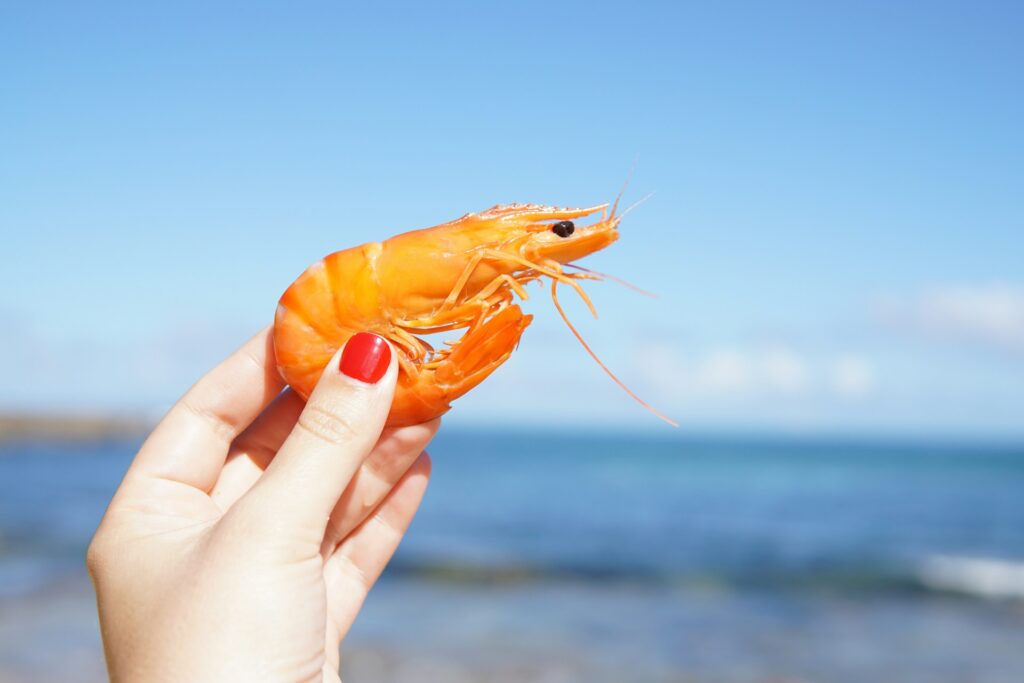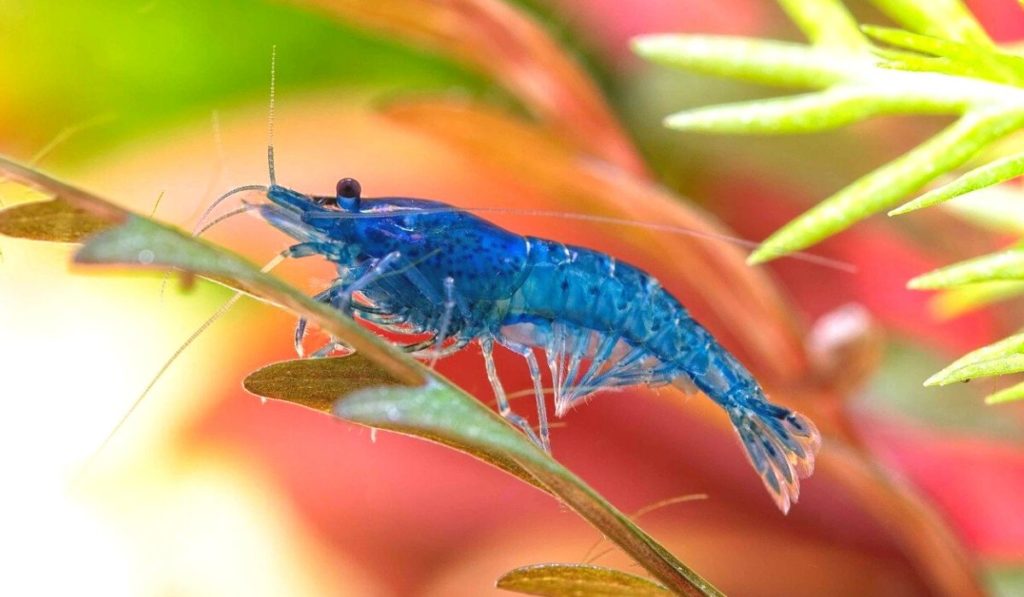
Shrimp, with their delectable taste and versatility in cuisines worldwide, are among the most beloved seafood delicacies. In recent years, the demand for organic shrimp has surged as consumers become increasingly conscious of the environmental and health impacts of their food choices. From sustainability practices to nutritional benefits, organic shrimp offer a plethora of advantages. Let’s explore ten fascinating facts about organic shrimp that highlight their significance in the culinary and environmental spheres.
1. Organic Certification: Organic shrimp are cultivated in accordance with strict organic standards set by certifying bodies such as the USDA Organic or the European Union Organic Certification. These standards ensure that shrimp farms adhere to environmentally sustainable practices, including organic feed, habitat preservation, and prohibition of synthetic chemicals and antibiotics.
2. Sustainable Farming Practices: Organic shrimp farming emphasizes sustainability by minimizing environmental impact and promoting biodiversity. Unlike conventional shrimp farms that rely on intensive monoculture practices, organic shrimp farms incorporate ecosystem-based approaches, such as mangrove conservation and integrated multi-trophic aquaculture (IMTA), to reduce waste and maintain ecological balance.
3. Reduced Chemical Inputs: Organic shrimp farming prohibits the use of synthetic chemicals, antibiotics, and genetically modified organisms (GMOs). Instead, organic shrimp are raised using natural and organic feed, free from pesticides, herbicides, and artificial additives. This ensures that consumers enjoy a cleaner and healthier seafood product devoid of harmful residues.
4. Healthier Nutritional Profile: Organic shrimp are prized for their superior nutritional profile compared to conventionally farmed counterparts. Rich in protein, omega-3 fatty acids, and essential vitamins and minerals, organic shrimp offer a nutrient-dense addition to a balanced diet. Additionally, their organic feed ensures that they are free from contaminants and additives commonly found in conventional feed.
5. Reduced Environmental Impact: Organic shrimp farming practices prioritize environmental sustainability by minimizing pollution and habitat destruction. By avoiding the use of synthetic chemicals and antibiotics, organic shrimp farms help preserve water quality, protect sensitive ecosystems, and mitigate the risk of harmful algal blooms and disease outbreaks.
6. Traceability and Transparency: Organic shrimp undergo rigorous traceability measures, from hatchery to harvest, ensuring transparency and accountability throughout the supply chain. Certified organic labels provide consumers with confidence in the authenticity and integrity of the product, guaranteeing that it meets stringent organic standards.
7. Habitat Conservation: Organic shrimp farms often incorporate mangrove conservation initiatives into their operations, recognizing the vital role that mangrove ecosystems play in coastal protection, carbon sequestration, and biodiversity conservation. By preserving mangrove habitats, organic shrimp farms contribute to the resilience of coastal communities and ecosystems.
8. Social Responsibility: Many organic shrimp farms prioritize social responsibility by adhering to fair labor practices, ensuring safe working conditions, and supporting local communities. By investing in education, healthcare, and infrastructure development, organic shrimp farms foster sustainable livelihoods and promote social equity among workers and neighboring communities.
9. Global Demand: The global demand for organic shrimp is on the rise, driven by increasing consumer awareness of health and environmental issues, as well as a growing preference for sustainably sourced seafood. Major markets for organic shrimp include North America, Europe, and Asia, where discerning consumers seek out high-quality, responsibly sourced seafood options.
10. Culinary Versatility: Organic shrimp are prized by chefs and home cooks alike for their exceptional flavor, texture, and versatility in culinary applications. Whether grilled, sautéed, boiled, or incorporated into stir-fries, salads, or pasta dishes, organic shrimp add a delicious and nutritious touch to a wide range of recipes, making them a beloved ingredient in cuisines around the world.
Organic shrimp offer a compelling array of benefits, from sustainable farming practices and superior nutritional quality to environmental stewardship and social responsibility. As consumers increasingly prioritize health, sustainability, and ethical sourcing in their food choices, organic shrimp stand out as a premium seafood option that embodies these values. Whether enjoyed as a gourmet delicacy or a wholesome everyday meal, organic shrimp are sure to delight taste buds and conscience alike.


